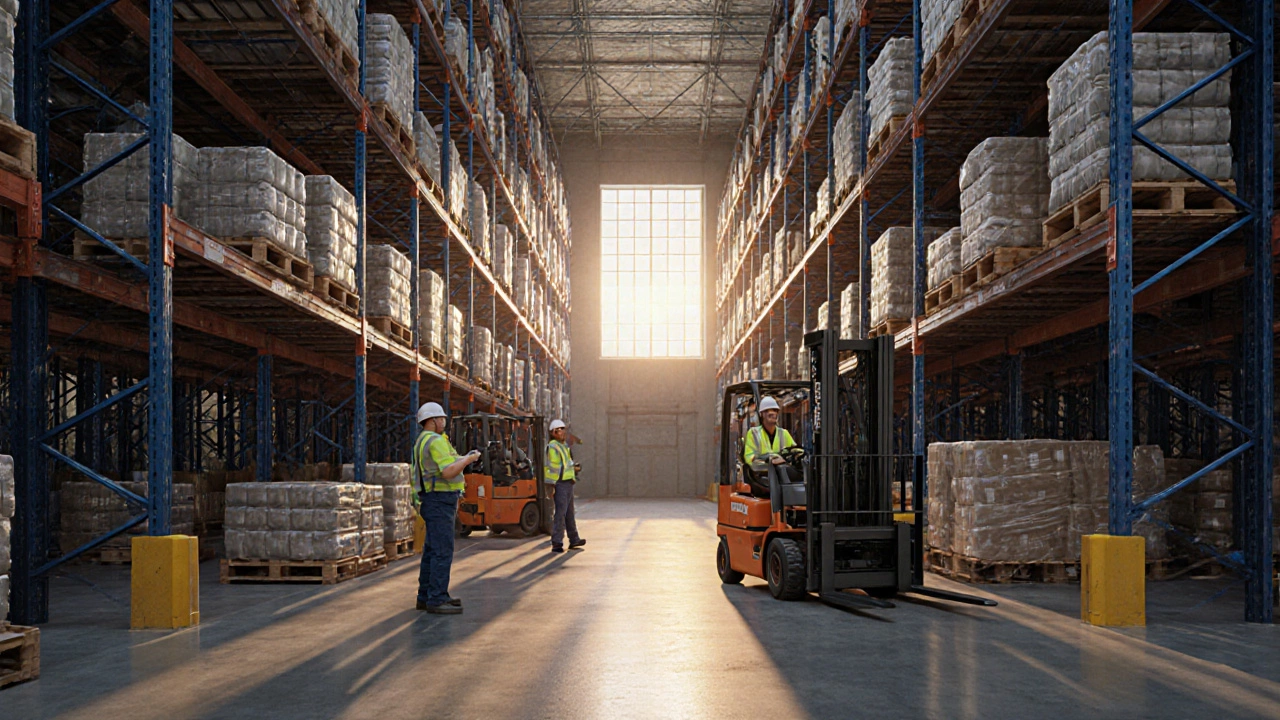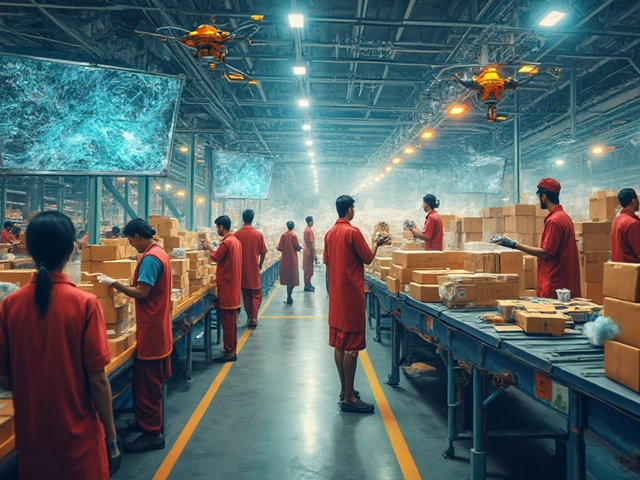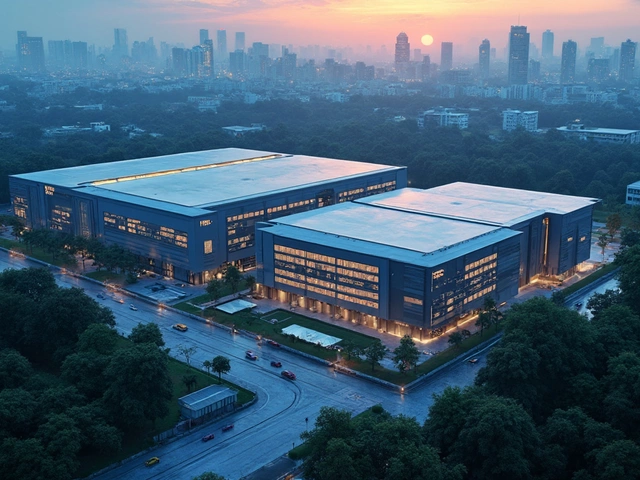Warehouse Type Selector
Which Warehouse Type Is Right for Your Business?
Select your business scenario to determine the optimal warehouse type.
Your Recommended Warehouse Type
Not all warehouses are the same. If you think a warehouse is just a big building full of boxes, you’re missing the bigger picture. The type of warehouse you use can make or break your supply chain, affect your delivery times, and even change your bottom line. In 2025, businesses rely on three major types of warehouses to handle everything from bulk storage to same-day online orders. Knowing the difference isn’t just helpful-it’s essential if you’re managing inventory, running an e-commerce store, or working with suppliers.
Traditional Distribution Centers
These are the oldest and most common type of warehouse. Think of them as the backbone of physical retail. Distribution centers, or DCs, are built to receive large shipments from manufacturers, sort them, and send them out to stores, retailers, or regional hubs. They’re not designed for individual customer orders-they’re built for volume and efficiency.
Most distribution centers have high ceilings, wide aisles, and heavy-duty racking systems. They handle pallets, not single items. A typical DC might receive 500 pallets of canned goods from a food producer, then ship out 200 of those pallets to grocery chains across the region. They often use forklifts, conveyor belts, and manual scanning to move goods.
Companies like Tesco, Sainsbury’s, and other large retailers in the UK rely on distribution centers to supply their physical stores. These warehouses don’t usually interact directly with end customers. Their job is to keep the flow going between suppliers and retail outlets. If you’re running a brick-and-mortar business with multiple locations, this is likely the type of warehouse you’re already using.
Fulfillment Centers
Fulfillment centers are the engine behind online shopping. Unlike distribution centers, they’re built to handle individual customer orders. If you’ve ever bought something from Amazon, ASOS, or a small e-commerce brand, your order probably came from a fulfillment center.
These warehouses are packed with narrow aisles, pick stations, and automated systems. Workers or robots walk or roll between shelves, grabbing one item at a time-maybe a pair of shoes, a book, or a phone charger-and packing it into a box. They use barcode scanners, inventory software, and real-time order systems to track every single unit.
Modern fulfillment centers often integrate with e-commerce platforms like Shopify, WooCommerce, or Magento. When you click “buy,” the system instantly tells the warehouse what to pick, pack, and ship. Many offer same-day or next-day delivery because they’re located close to major population centers. In the UK, fulfillment centers cluster around London, Manchester, Birmingham, and Bristol to cut delivery times.
Third-party logistics (3PL) providers like DHL Fulfillment, XPO Logistics, and UK-based companies like ShipBob operate these facilities for brands that don’t want to manage their own inventory. If you’re selling online, partnering with a fulfillment center can save you space, labor, and shipping costs.
Bonded Warehouses
Bonded warehouses are not for everyday storage. They’re government-regulated facilities where imported goods are held before customs duties and taxes are paid. Think of them as a legal holding area for products entering the UK from outside the EU or other trade zones.
Importers use bonded warehouses to delay paying VAT and import duties. This gives them breathing room to sell the goods, generate cash flow, or re-export them without ever paying taxes. If you’re bringing in electronics from China, wine from France, or machinery from Germany, you might store them in a bonded warehouse until you’re ready to clear customs.
These warehouses are tightly controlled. Only licensed operators can run them, and customs officials can inspect goods at any time. Security is high-cameras, alarms, and strict access logs are standard. You can’t just walk in and grab a pallet. Everything is tracked through government systems like the UK’s Customs Handling of Import and Export Freight (CHIEF).
Bonded warehouses are critical for international traders. Without them, importers would have to pay thousands upfront before even knowing if the goods sell. In 2025, with global supply chains still adjusting post-pandemic and new trade deals emerging, bonded warehouses remain a key tool for cash flow management and risk reduction.
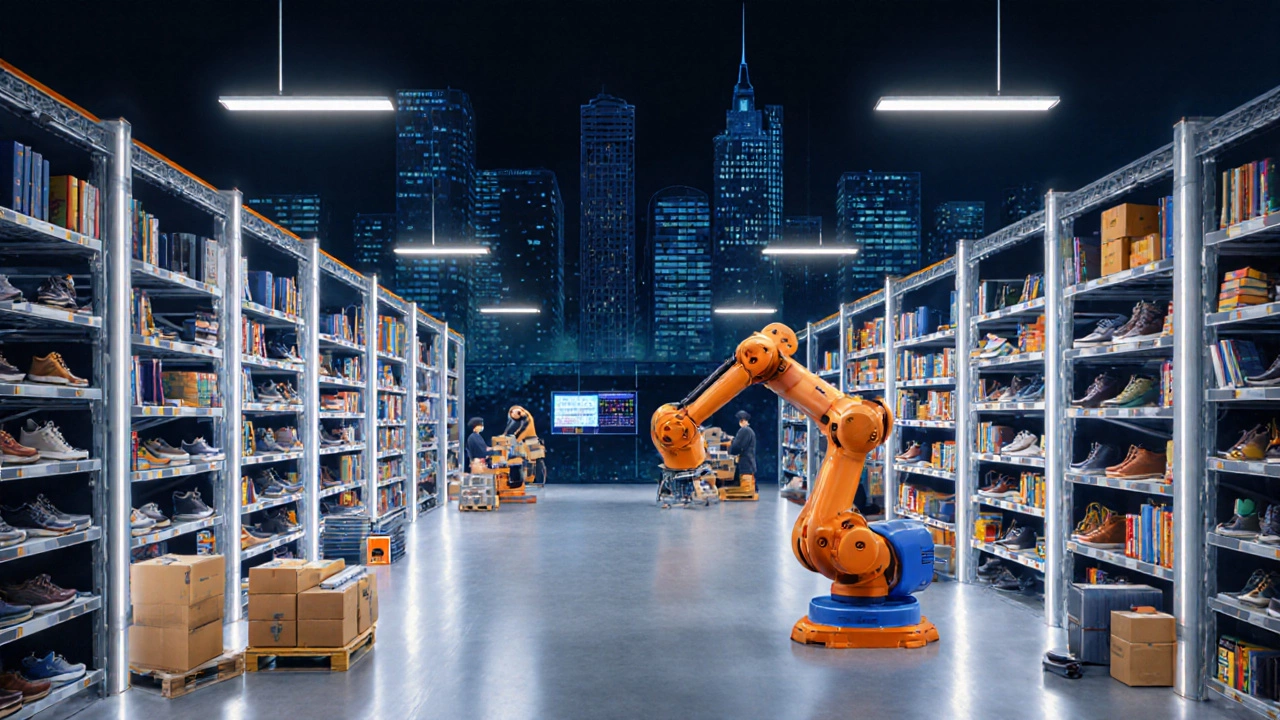
How to Choose the Right Type
So which one do you need? It depends on your business model.
- If you’re a retailer with physical stores and bulk shipments from suppliers, go with a distribution center.
- If you’re selling online and shipping individual items to customers, you need a fulfillment center.
- If you’re importing goods and want to delay paying taxes, a bonded warehouse is your best option.
Some companies use more than one. A large brand might store bulk inventory in a distribution center, then move smaller quantities to a fulfillment center near London for faster shipping. Others use bonded warehouses to hold imported stock until demand spikes.
Don’t try to force one type to do another’s job. Using a distribution center for e-commerce orders will slow you down. Trying to store imported goods in a regular warehouse without customs clearance can lead to fines or seizures.
What’s Changing in 2025
Technology is reshaping all three types. Distribution centers are adding robotics for pallet handling. Fulfillment centers now use AI to predict what will sell next week and pre-position stock. Bonded warehouses are integrating digital customs platforms that auto-file paperwork when goods arrive.
Sustainability is also pushing changes. Many new warehouses are built with solar panels, LED lighting, and electric forklifts. The UK government’s net-zero targets mean older facilities are being upgraded-or replaced.
Location matters more than ever. With same-day delivery expectations rising, fulfillment centers are popping up in former retail spaces and industrial parks near cities. Distribution centers are moving to rail-connected hubs to cut truck traffic. Bonded warehouses are clustering near major ports like Felixstowe, Dover, and Southampton.
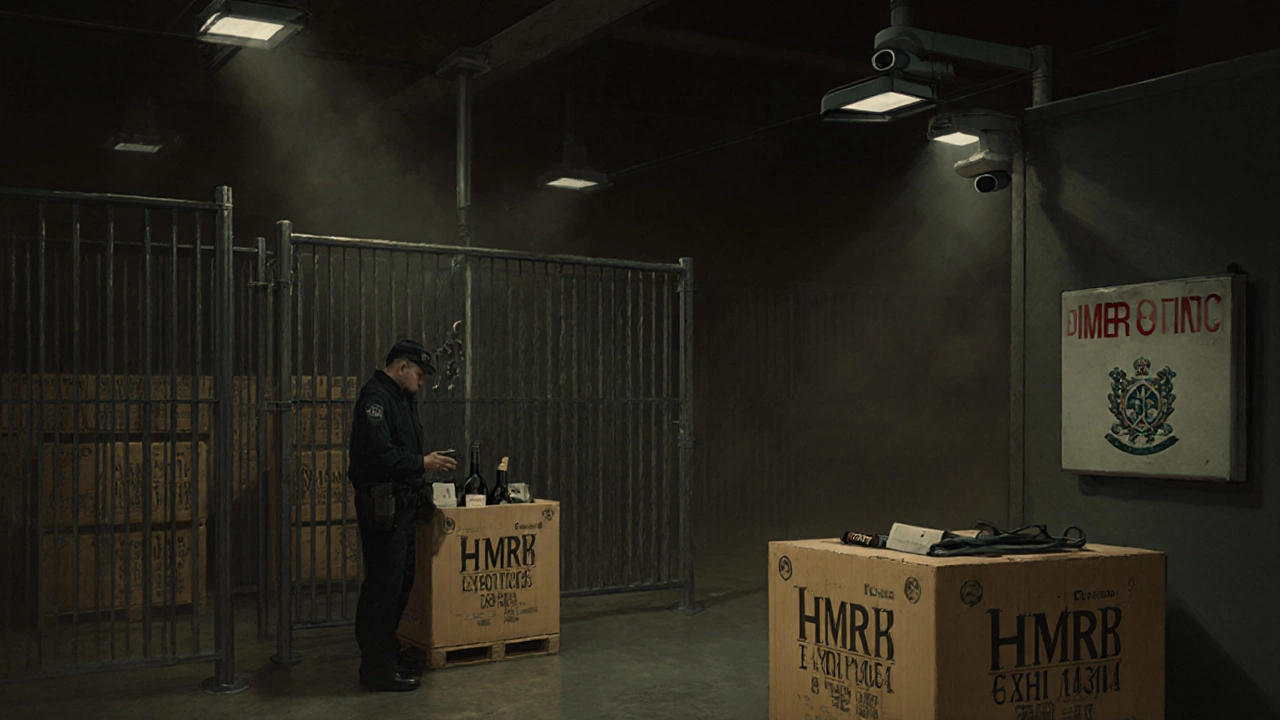
Common Mistakes to Avoid
Businesses often pick the wrong warehouse type because they don’t understand the difference. Here are three big mistakes:
- Using a fulfillment center for bulk storage-this is expensive and inefficient. Fulfillment centers charge per item picked, not per pallet.
- Storing imported goods in a regular warehouse without customs approval-this risks seizure and penalties.
- Assuming all warehouses offer the same tech-many older DCs still use paper lists and hand-held scanners. If you need real-time tracking, ask upfront.
Always ask: What’s my end goal? Are you moving pallets to stores? Shipping single items to homes? Or delaying tax payments on imports? The answer tells you which warehouse you need.
What’s the difference between a distribution center and a fulfillment center?
A distribution center handles bulk shipments between suppliers and retailers, usually moving pallets. A fulfillment center handles individual customer orders, picking, packing, and shipping single items-often for online sales. Distribution centers focus on volume; fulfillment centers focus on speed and accuracy for end customers.
Can a warehouse be both a distribution center and a fulfillment center?
Yes, but it’s rare and complex. Some large logistics hubs are designed as hybrid facilities, with one section for bulk pallet handling and another for individual order fulfillment. These are usually operated by major 3PLs and require advanced software to manage two different workflows. Most businesses use separate facilities because the equipment, layout, and staffing needs are very different.
Do I need a bonded warehouse if I import goods from outside the UK?
Not always, but it’s often the smartest choice. You can pay duties and VAT immediately when goods arrive-but that ties up your cash. A bonded warehouse lets you delay payment until you sell the goods or re-export them. If you’re importing regularly or dealing with high-value items, a bonded warehouse gives you financial flexibility and reduces risk.
Are fulfillment centers only for big e-commerce brands?
No. Many small and medium-sized online sellers use third-party fulfillment centers. Companies like ShipBob, FBA (Fulfillment by Amazon), and UK-based providers like Easyship offer affordable plans for businesses shipping just a few hundred orders a month. You don’t need a warehouse of your own-you just need an account and a shipping label.
How do I find a bonded warehouse in the UK?
Look for HMRC-approved operators. The UK’s HM Revenue & Customs maintains a public list of licensed bonded warehouse operators. Major logistics firms like DHL, Kuehne + Nagel, and DB Schenker offer bonded storage. You can also search for local providers near ports like Felixstowe, Southampton, or Liverpool. Always verify their HMRC license before signing a contract.
Next Steps
If you’re unsure which warehouse type fits your business, start by mapping your supply chain. Where do your goods come from? Who are they going to? How fast do they need to move? Write down your answers.
Then reach out to three providers-one for each type-and ask for a site tour or virtual walkthrough. Ask about their tech, capacity, and pricing. Don’t just pick the cheapest. Pick the one that matches your workflow.
And remember: your warehouse isn’t just storage. It’s part of your customer experience, your cash flow, and your competitive edge. Get it right, and you’ll save time, money, and headaches.
